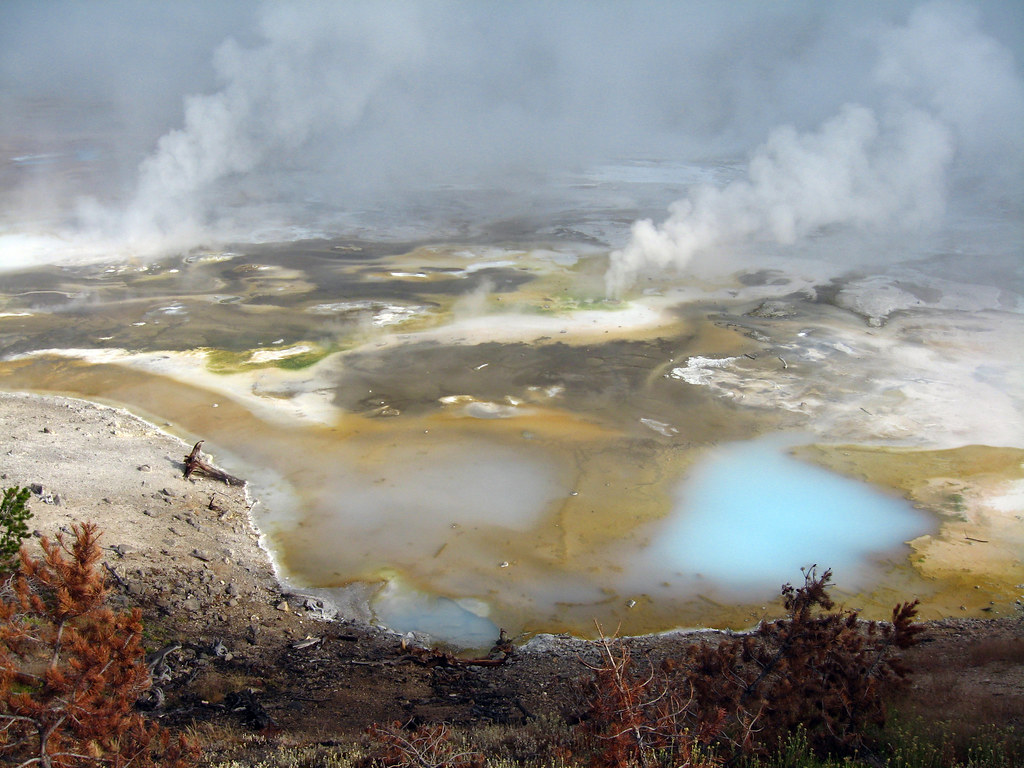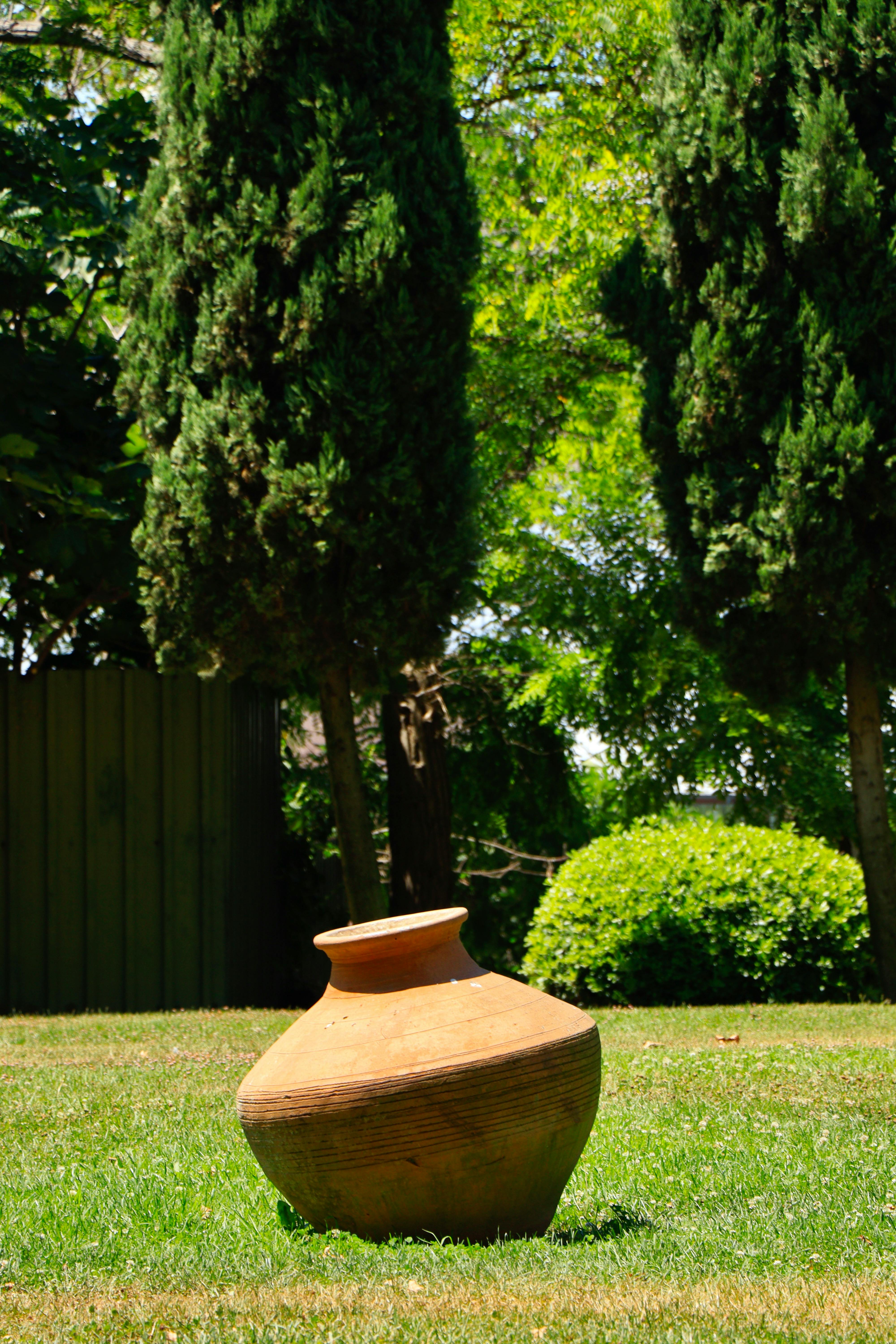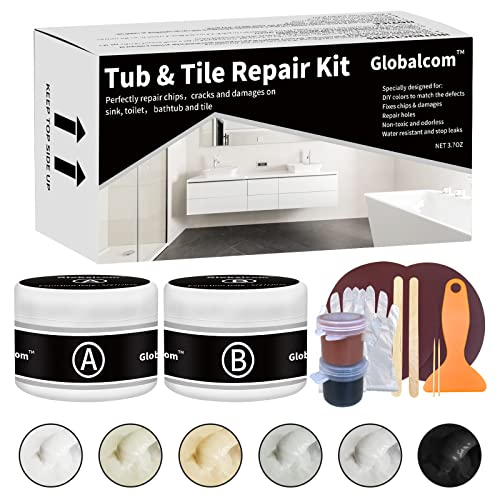When comparing clay vs porcelain, it's essential to understand these two materials' unique properties and uses. Clay, a naturally occurring substance, is known for its versatility and ease of use in crafting and sculpting. For a comprehensive overview of different clay types and their applications, you can refer to this guide on clay types. In contrast, porcelain, made from a refined type of clay, is celebrated for its delicacy and strength once fired. Understanding the differences between clay and porcelain can help artisans and hobbyists choose the right material for their projects based on factors such as durability, texture, and aesthetic appeal.

| Feature | Clay | Porcelain |
|---|---|---|
| Composition | Naturally occurring minerals | Refined clay with kaolin |
| Texture | Coarse and pliable | Smooth and fine |
| Strength | Lower after firing | Higher once fired |
| Firing Temperature | Low to medium | High |
| Aesthetic | Earthy, rustic | Elegant, delicate |

The Intriguing World of Clay
Clay has been a cornerstone material in art and construction for centuries, appreciated for its natural origins and versatility. Whether you're molding a simple bowl or a detailed sculpture, clay offers a unique tactile experience, allowing sculptors and potters to feel connected to their work. Its natural composition means it's widely accessible, making it the go-to material for those starting out in ceramics. For more details on ceramic applications, visit this ceramics resource. When unfired, clay can be continually molded and reworked, which makes it ideal for creating and refining your masterpiece until it's just right.

Working with clay is often an intimate process. Artists cite its malleable nature as a significant advantage, as it allows them to experiment and change their designs without much hassle. This pliability is something you don't find as readily in materials that harden too quickly or that require specific firing schedules. Additionally, clay tends to have a more earthy appeal, which can be perfect for projects that aim to showcase a rustic or organic aesthetic.

The Allure of Porcelain
Porcelain stakes its claim with elegance. Known for its fine texture and high strength after firing, porcelain presents itself as an embodiment of refinement. Its history is entrenched in luxury, owing to its once-exclusive availability and association with high society. Today, it remains a favorite for fine china and art pieces that demand a more polished, delicate finish.

The process of working with porcelain is meticulous. Unlike clay, it requires precision, as it is less forgiving during the forming stage. This challenge, however, does not deter artists; rather, it attracts those seeking to hone their craft and create exceptionally intricate works. Once fired, porcelain boasts a translucent quality, adding a unique dimension to functional pieces like bowls, plates, and vases, or even delicate figurines.
Choosing the Right Material for Your Project
When faced with the choice between clay and porcelain, consider these factors to determine the best fit for your project:
- Project Purpose: If you’re aiming for robust practicality that embraces a rustic aesthetic, clay could be your best bet. For pieces that seek to highlight elegance and fine detail, porcelain might be more suitable.
- Skill Level: Beginners may prefer starting with clay due to its forgiving nature. In contrast, those ready for a challenge might choose porcelain to test and develop their skills further.
- Equipment: Since porcelain requires higher firing temperatures, ensure that your kiln can accommodate this requirement.
In your creative journey, the material you choose will significantly influence your work's output and feel. Which material resonates with you more, clay's comforting pliability or porcelain's refined resilience? Share your experiences or preferences in the comments below! Explore more recent articles and insights on our blog.
Fiberglass Ceramics Porcelain Kit%EF%BC%8CRepair fragments

KUDOS.JP Soft Clay Air Dry Modeling White for Kids is an excellent choice for creative projects. This non-toxic, air-dry clay is perfect for modeling, sculpting, and DIY crafts. It’s ideal for children and artists of all skill levels, providing a fun and safe way to express creativity. Whether for school projects or holiday decorations, its versatile and manageable texture makes it easy to work with for all ages.
Earthenware vs Stoneware vs Porcelain – Which Clay Should You Use?
When comparing clay vs porcelain, it’s essential to understand these two materials’ unique properties and uses. To gain a deeper insight, watch Greg-Ceramics’ video “Earthenware vs Stoneware vs Porcelain – Which Clay Should You Use?” which explores the differences and helps you determine the best clay for your pottery projects.
Whether you’re a seasoned artist or just starting out, understanding the differences between clay and porcelain can help you choose the right material for your projects. Clay offers incredible flexibility and is perfect for those who love to experiment and shape their creations, while porcelain provides a smooth, durable finish that’s ideal for more refined pieces.
Stay Connected
I love sharing tips, inspiration, and the latest trends in the world of ceramics on Instagram. Be sure to check out our Instagram page to stay updated and join our creative community!
Leave a Reply
Venture into a world where clay and creativity converge at JJClayStudio.com – where every piece tells a story. Unearth your next treasure and become part of the narrative that turns everyday moments into artful experiences.
